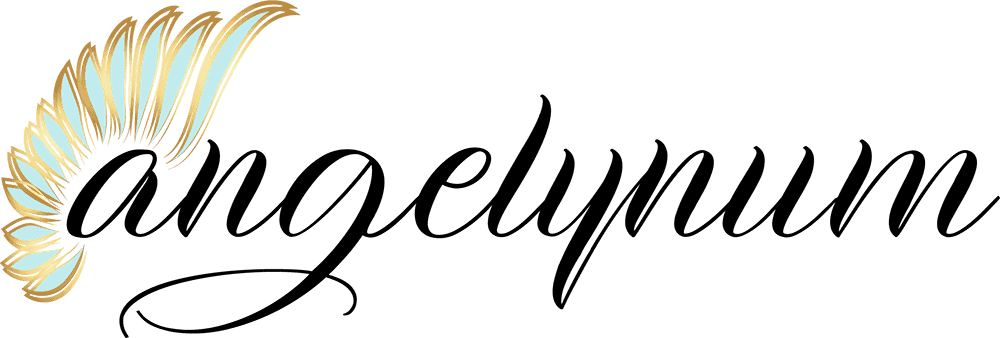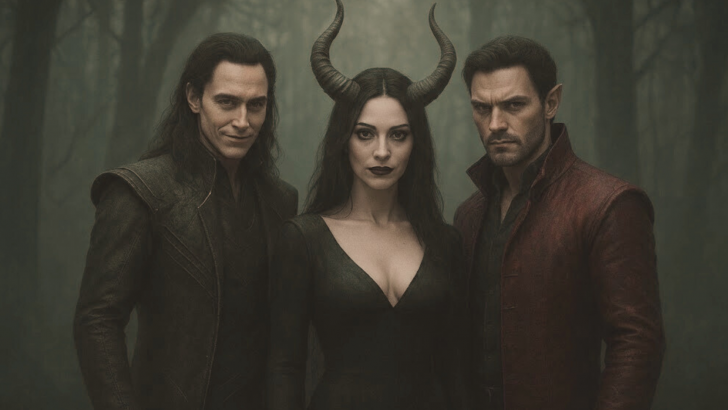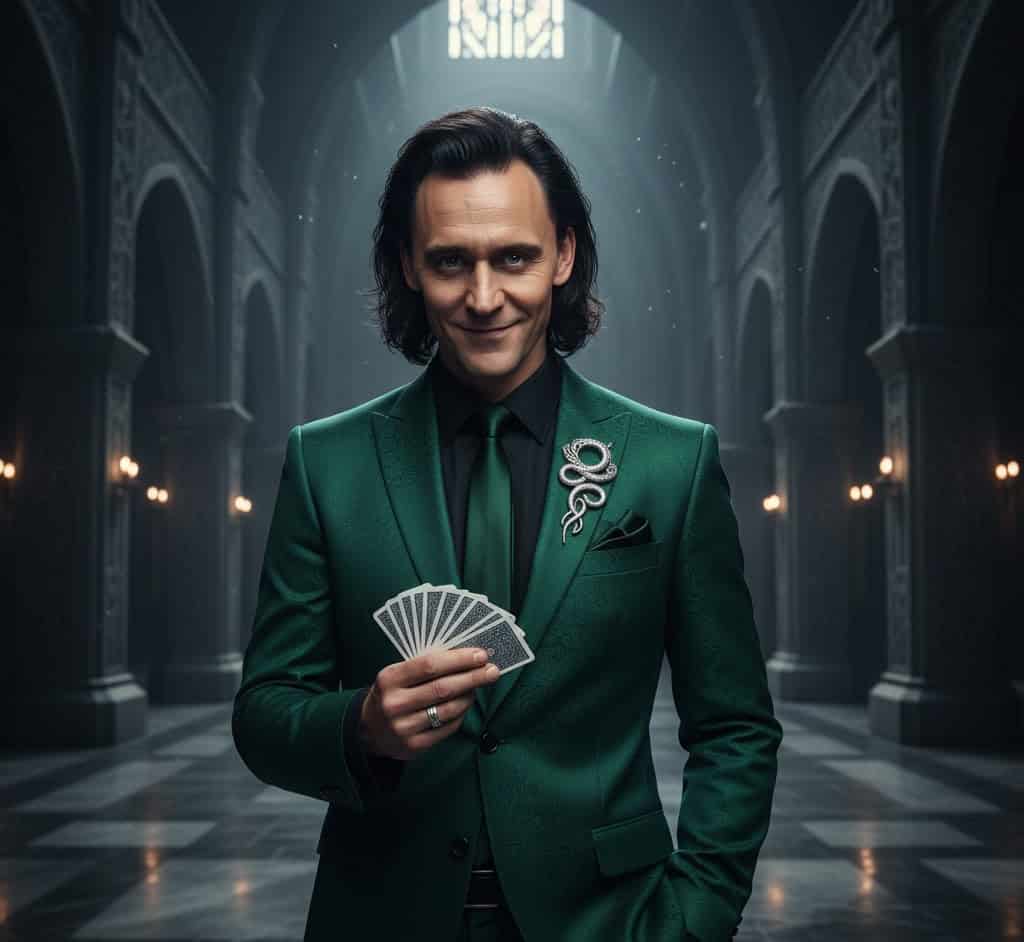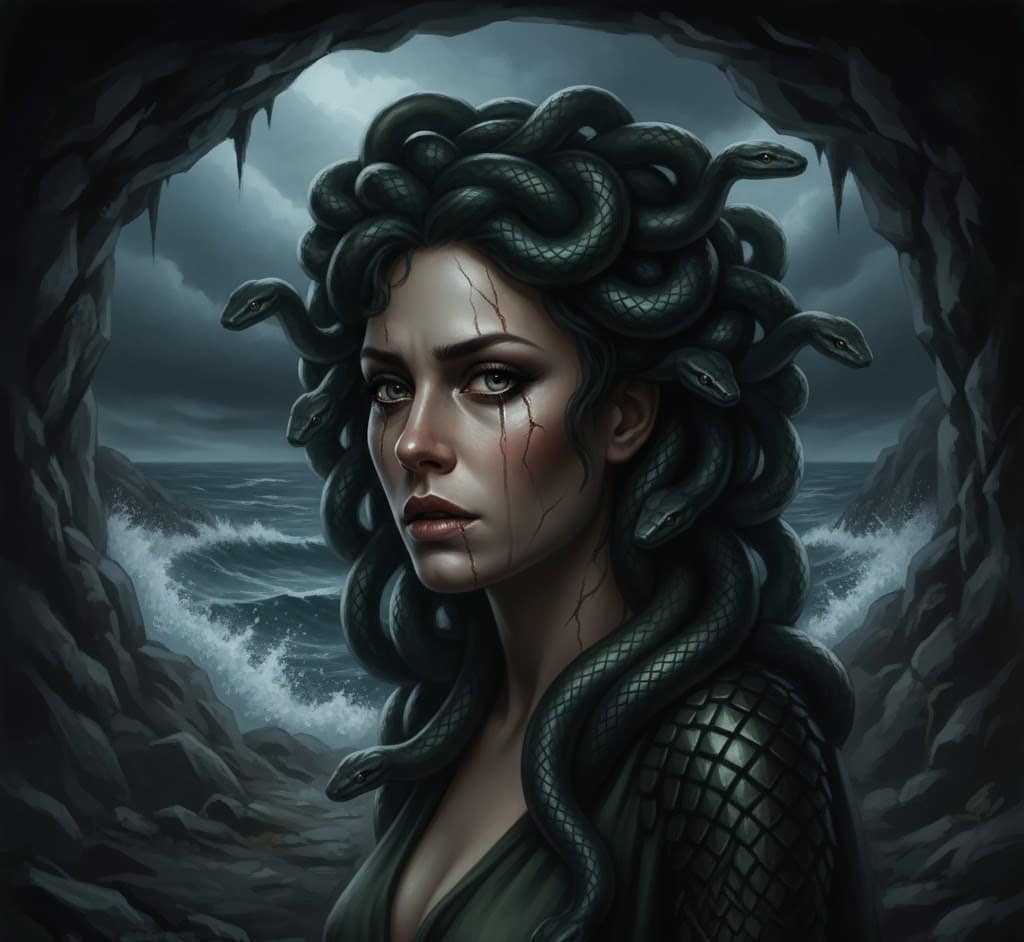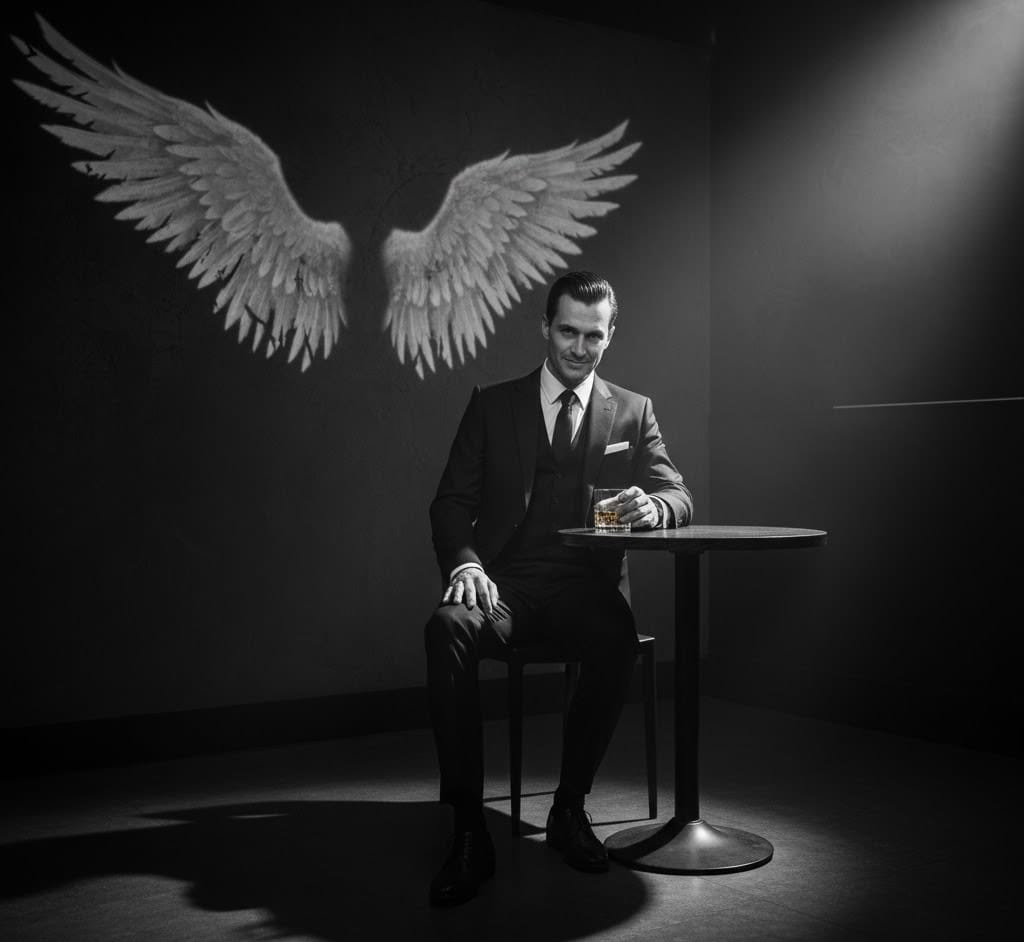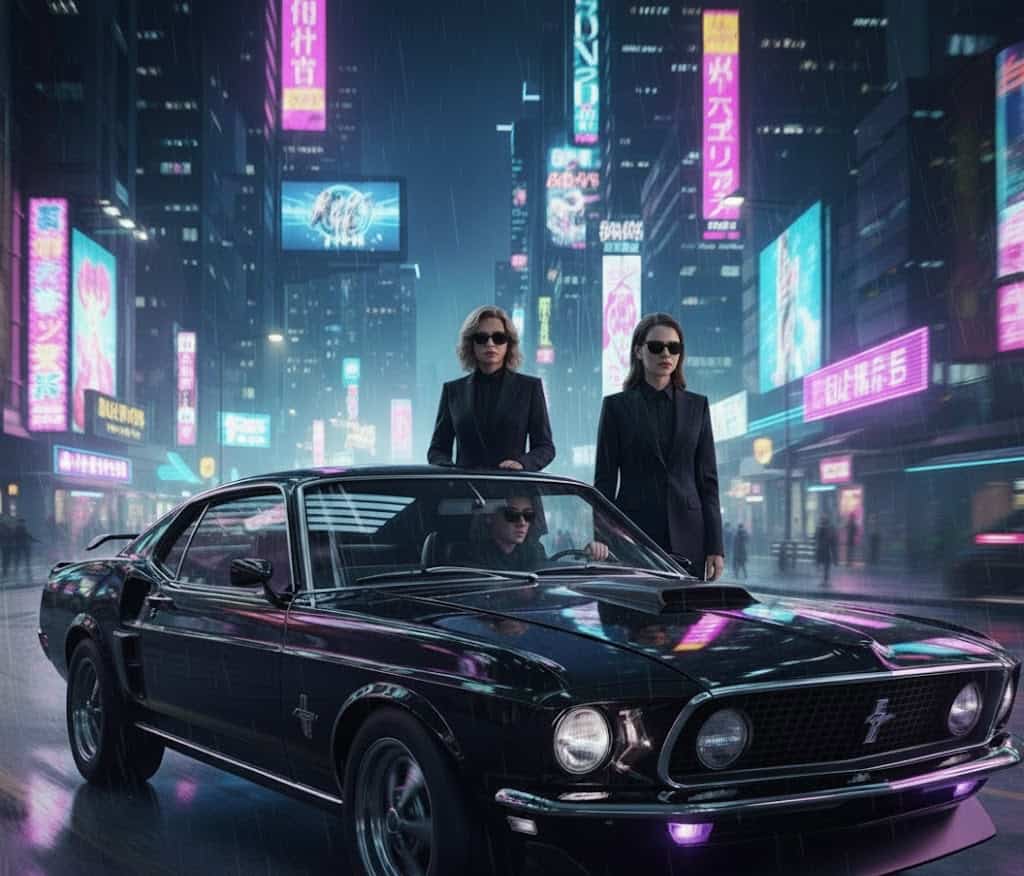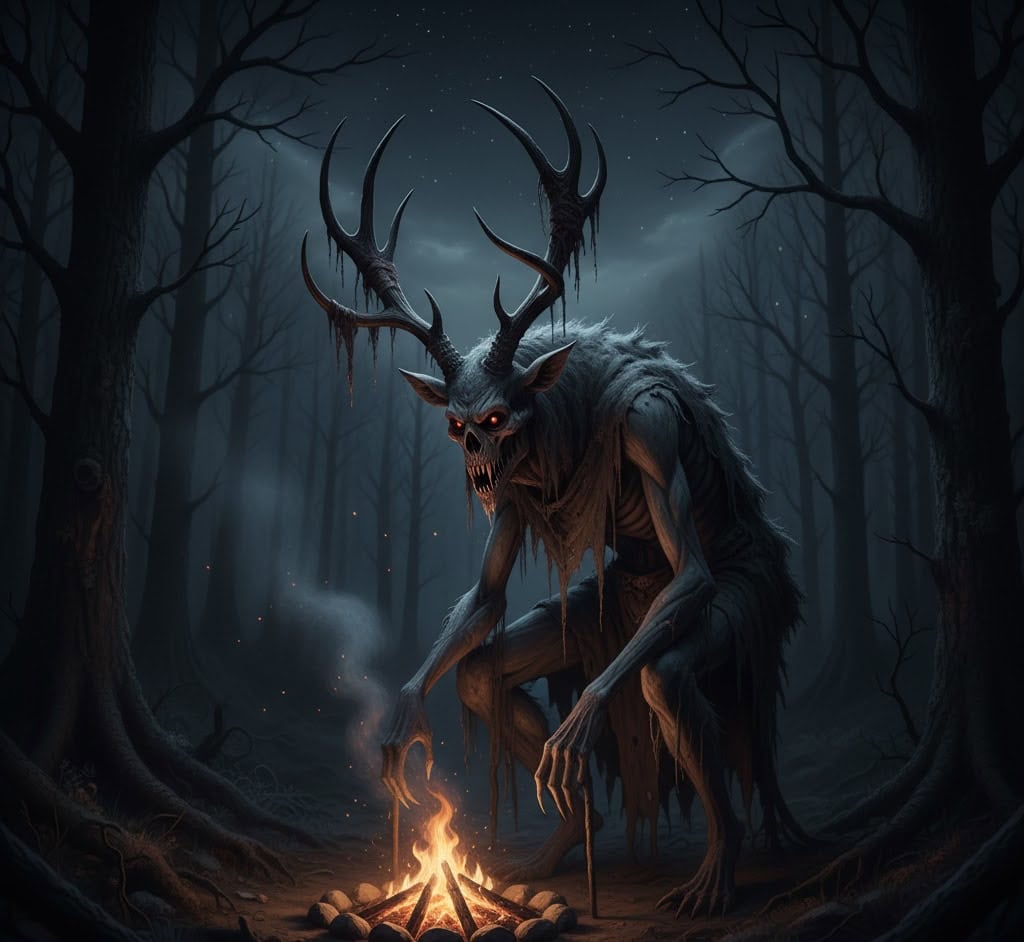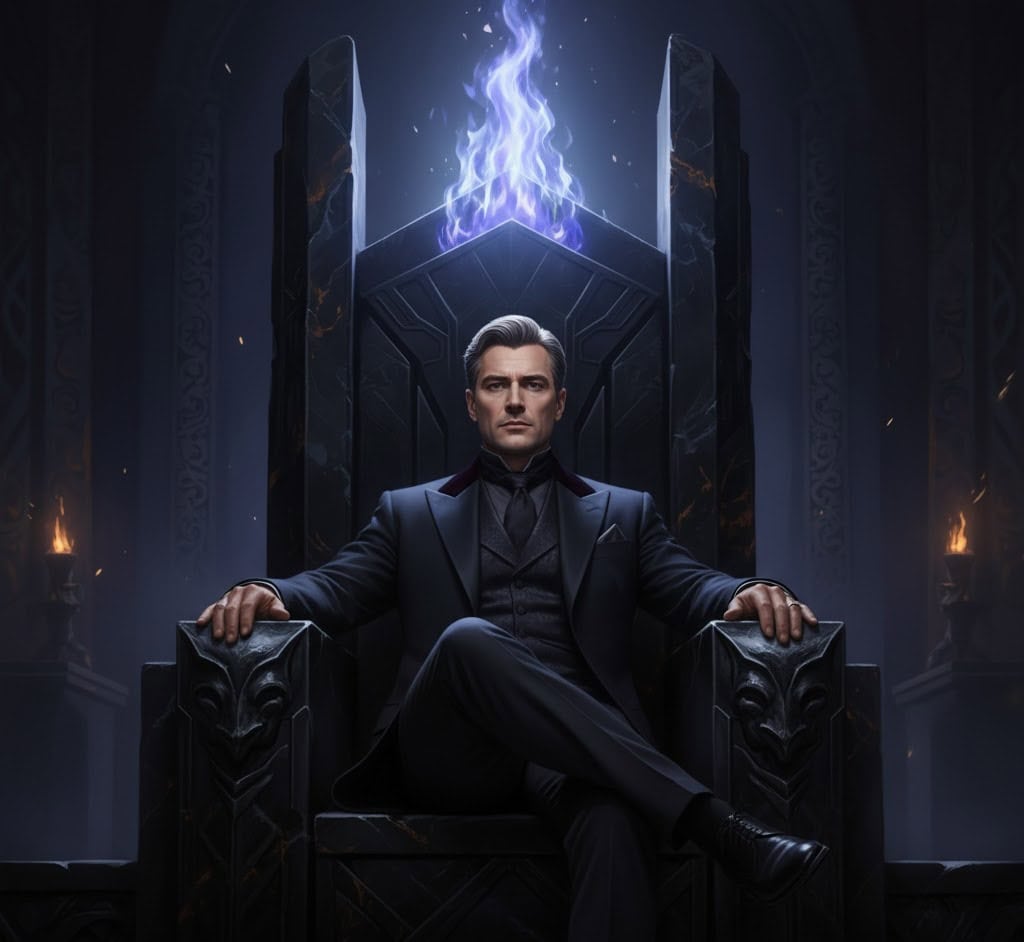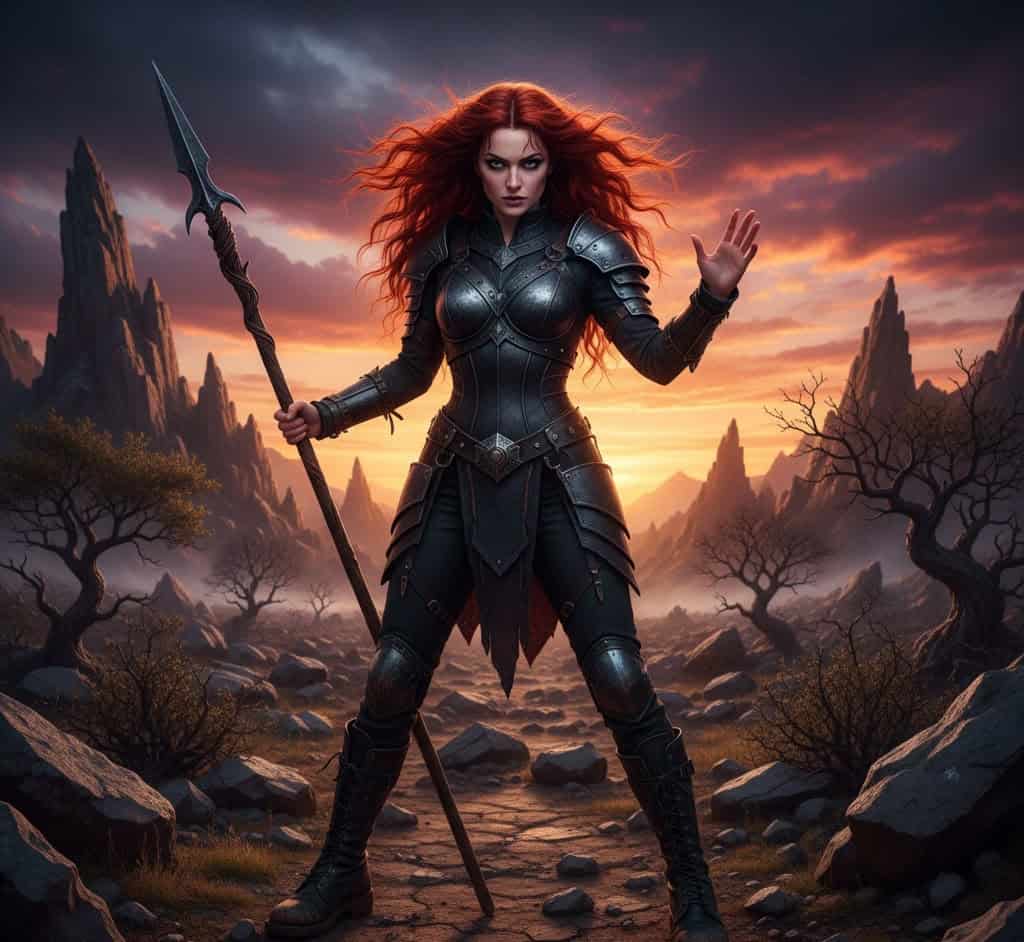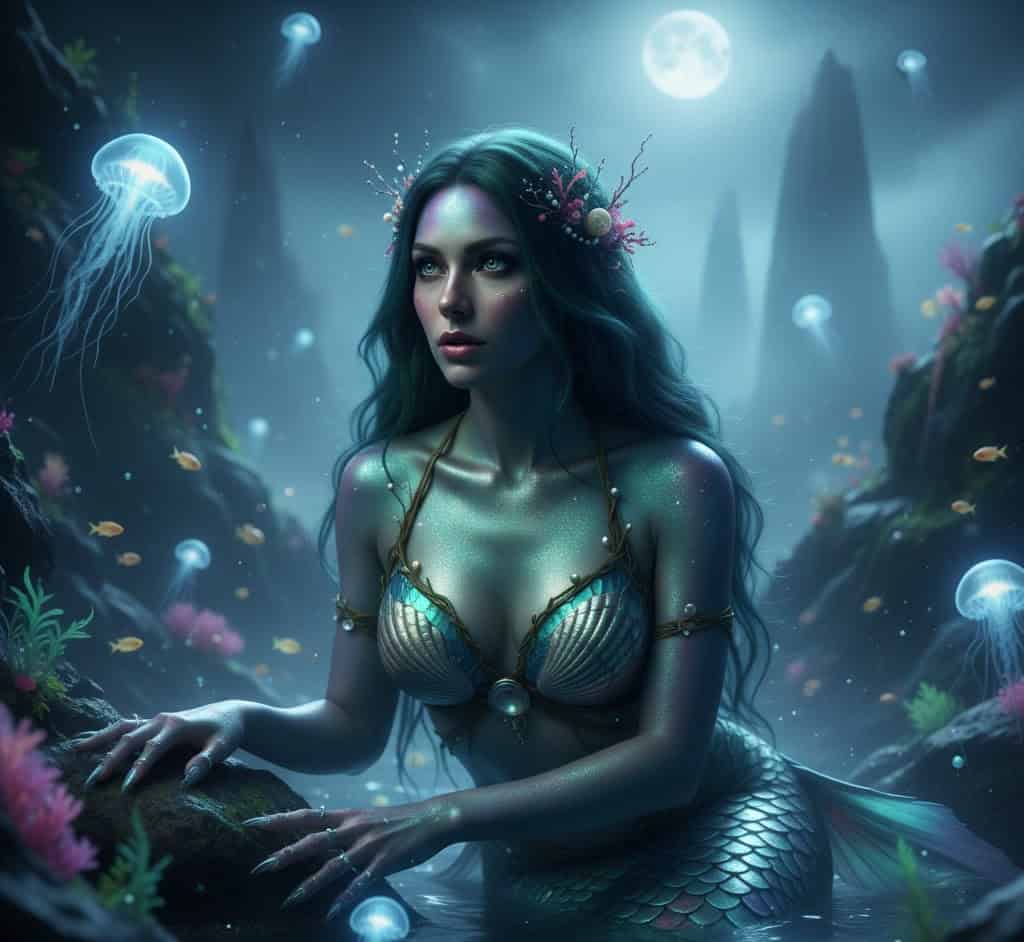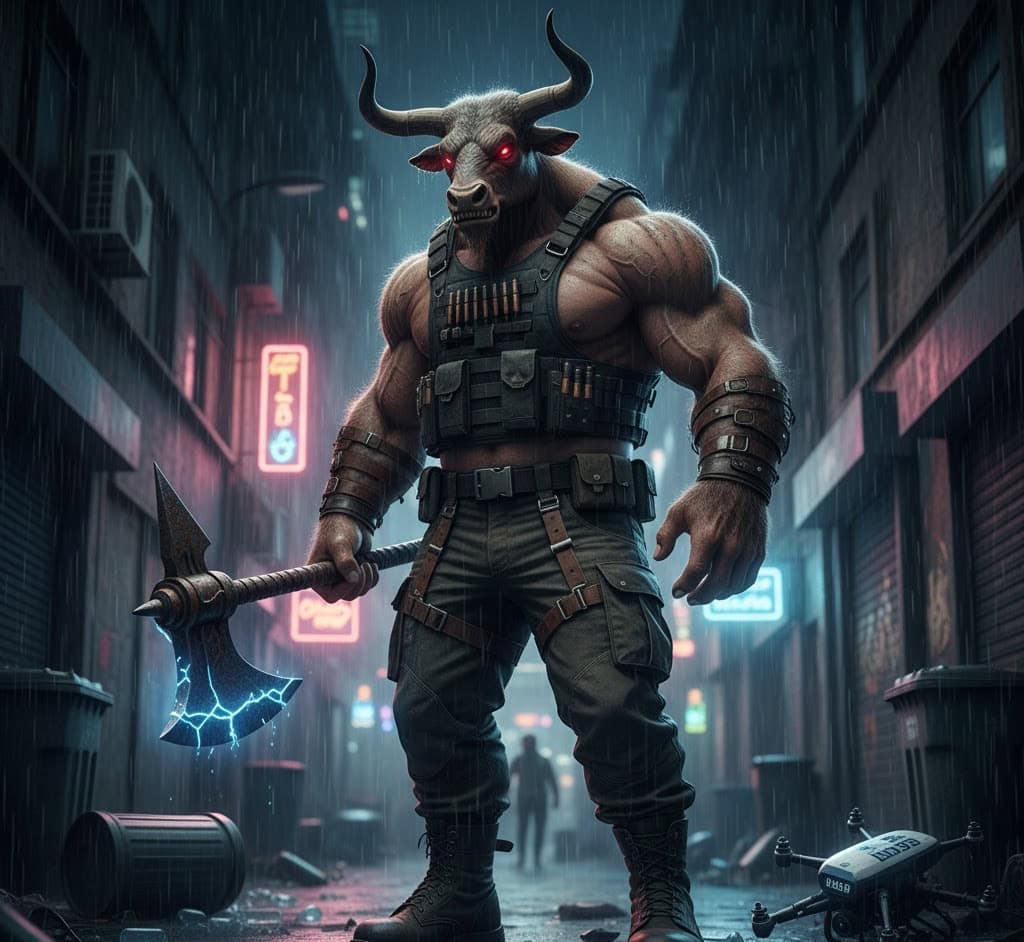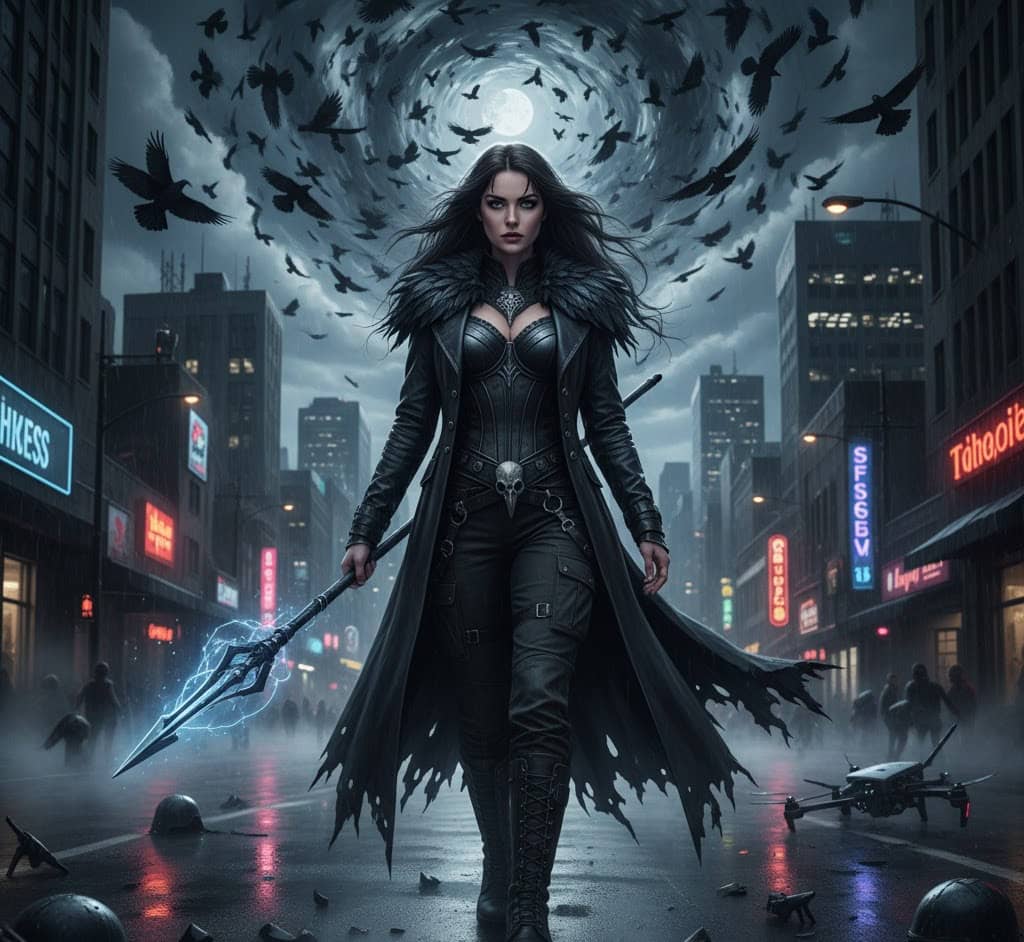Behind every unforgettable villain lies a story older than we think. Many of today’s most chilling TV antagonists trace their roots back to ancient myths.
Those are tales of gods, monsters, and fallen heroes that warned humanity about power, pride, and desire.
Whether it’s the manipulative queen, the charming devil, or the creature that hides behind a beautiful face, mythological echoes still shape how we see evil on screen.
Here are ten famous myths that inspired the villains we love to fear.
1. Loki And The Trickster Archetype
The Norse god Loki is one of mythology’s most famous deceivers, and his chaotic spirit lives on in countless TV villains.
Loki’s blend of humor, wit, and cruelty inspired characters who use intelligence as their greatest weapon.
Shows like Supernatural, Lokiy The Sandman feature tricksters who toy with fate, mock authority, and twist morality for their amusement.
The charm of these villains lies in their unpredictability. Just like the original Loki, they remind us that not all evil comes with fangs or fire—sometimes it just smiles and plays a clever game.
2. Medusa And The Power Of The Outcast Woman
Medusa’s story is tragic before it is terrifying. Once a beautiful priestess of Athena, she was cursed into a monster for being violated by Poseidon in the goddess’s temple.
Her snake-covered head and deadly gaze became symbols of both punishment and protection. This duality inspired modern villains who embody rage born from injustice.
TV characters like Regina from Once Upon a Time or Vanessa Ives from Penny Dreadful reflect Medusa’s mix of vulnerability and vengeance.
Their darkness is not born from cruelty alone but from betrayal and rejection—a reminder that monsters are often made, not born.
3. Lucifer And The Fallen Angel Motif
The story of Lucifer, the angel cast from heaven for pride, has shaped villains across genres. This myth speaks of beauty twisted into rebellion, of love turned into defiance.
The character of Lucifer Morningstar in the show Lucifer gives this myth a charming twist, but darker versions appear in Supernatural y Constantine.
Each portrayal explores the same question: can a fallen being still seek redemption?
The fascination with Lucifer lies in that eternal conflict between divine light and human desire, a struggle that makes villains complex rather than purely evil.
4. The Furies And The Avenging Women
In Greek mythology, the Furies—Alecto, Megaera, and Tisiphone—were spirits of vengeance who punished moral crimes.
They haunted the guilty until justice was served. This myth inspired the idea of relentless female avengers in modern storytelling.
Series like Killing Eve y Revenge echo their presence through characters driven by moral fury rather than simple hate. These women are not chaotic forces but divine instruments of consequence.
The Furies remind viewers that vengeance, when mixed with righteousness, becomes a terrifying kind of justice.
5. The Wendigo And The Hunger For Power
The Wendigo comes from Algonquian folklore as a spirit of insatiable greed. It was said to possess people who gave in to hunger or obsession, turning them into ravenous monsters.
This myth lives on in countless horror series such as Hannibal, Supernaturaly The X-Files.
The idea of consuming others—literally or emotionally—reflects the dark side of ambition. The Wendigo is not just a creature of the forest but a warning about what happens when desire devours humanity.
In modern villains, this myth becomes psychological, showing that sometimes the true monster is appetite without end.
6. Hades And The Allure Of The Underworld
While Hades was not truly evil in Greek mythology, his role as ruler of the dead made him a natural template for elegant, brooding villains.
His control over death and his cold demeanor inspired countless TV characters who command dark realms or forbidden powers.
Think of Crowley in Supernatural or Lucifer in The Sandman. These figures are not merely cruel; they are sophisticated, detached, and strangely sympathetic.
Hades-inspired villains embody the fear of death wrapped in charm and mystery, showing that darkness can wear a crown and a smile.
7. Lilith And The Rebel Woman Archetype
In early Jewish mythology, Lilith was said to be Adam’s first wife—created equal, not from his rib but from the same earth.
When she refused to obey him, she was cast out of Eden and became a symbol of rebellion and seduction.
This story shaped one of the most enduring villain archetypes in TV history: the dangerous, independent woman who refuses submission.
Lilith appears directly in Supernatural y Chilling Adventures of Sabrina, but her influence is broader—seen in characters who turn power into defiance, using their freedom as both weapon and curse. She represents a villainy born from liberation, not malice.
8. The Sirens And The Voices Of Temptation
The sirens of Greek myth lured sailors to their doom with irresistible songs. They represent the peril of temptation and the loss of control over one’s desires.
This myth translates easily into television, especially in series where beauty hides danger. In The Vampire Diaries, Mermaid’s Song, or even True Blood, seductive villains use charm to lead others astray, echoing the sirens’ deadly allure.
The siren archetype warns of what happens when attraction becomes destruction.
These characters remind viewers that danger often comes wrapped in beauty and that the softest voice can carry the sharpest hook.
9. The Minotaur And The Monster Within
The myth of the Minotaur—a half-man, half-bull creature trapped in a labyrinth—captures the theme of isolation and inner monstrosity.
Born from divine punishment, the Minotaur was both victim and villain, consumed by a hunger he could not control.
TV series like The Witcher y American Horror Story draw from this myth to explore characters who are feared for what they cannot change.
The labyrinth becomes a metaphor for the human mind, where people battle the darker parts of themselves.
Villains inspired by the Minotaur are not mindless beasts but symbols of inner conflict, showing that cruelty can sometimes be a cry for release.
10. The Morrigan And The Goddess Of War And Fate
From Celtic mythology, the Morrigan is a triple goddess of battle, prophecy, and transformation. She could appear as a crow over the battlefield, choosing who would live or die.
Her spirit echoes through characters like Morgana in Merlin and other powerful sorceresses in fantasy television.
The Morrigan represents chaos wrapped in destiny—a force that cannot be reasoned with, only respected.
TV villains inspired by her are often unpredictable and commanding, tied to fate itself rather than personal gain.
Her myth reminds us that darkness is not always evil; sometimes, it is the balance that keeps life and death in harmony.

Siempre sentí una fuerte conexión con lo Divino desde mi nacimiento. Como autora y mentora, mi misión es ayudar a los demás a encontrar el amor, la felicidad y la fuerza interior en los momentos más oscuros.
